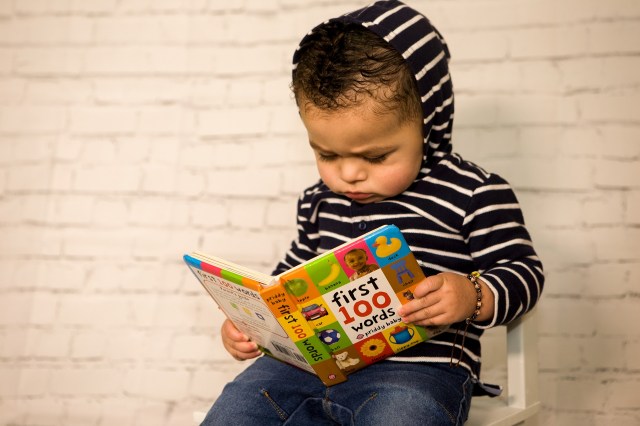With the shifting landscape of visual media, it should come as no major surprise that change is needed in the print world as well. A new report by Scholastic Books finds that parents want more diverse books for their kids.
According to Scholastic’s biennial Kids & Family Reading Report, 88 percent of parents believe that reading fiction and nonfiction is a good way for their kids to better understand the world and three out of four kids agree. To truly project the world around us, however, more diversity is needed in the characters and storylines represented in children’s books.
The report, which surveyed more than 1,000 pairs of kids ages 6 to 17 and their parents, as well as 678 parents of kids ages 0 to 5, found that both kids and parents agree that books need to reflect more diversity. Among kids and parents who agree that diversity in children’s books is important, 76 percent of kids and 69 percent of parents wish there were more books available that are diverse.
For the majority of parents and kids ages 9 to 17, diversity was defined as including people and experiences different than their own, including representations of various cultures, customs, religions, settings and living situations. Diversity was also defined by many as including differently-abled people, people of color and LGBTQ identities.
“The Kids & Family Reading Report puts even more power behind our belief that diversity in books matters,” said Andrea Davis Pinkney, VP, Executive Editor at Scholastic, bestselling children’s book author and Coretta Scott King Book Award winner.
“When kids don’t see books that reflect diverse experiences, they’re not emboldened to expand their thinking. But when a young reader finds a story that positively reflects his or her own story—or presents the stories of people not like themselves—that child becomes encouraged to read more. This has a direct impact on how kids view their place in the world, and helps them develop empathy and open-mindedness. Tomorrow’s leaders need to see themselves in books. The report empowers us to help kids do that.”
—Shahrzad Warkentin
Featured photo: i410hlr via Pixabay
RELATED STORIES
11 Kids Books That Encourage Diversity & Inclusion
These New Harry Potter Books Will Help Kids with Dyslexia
Kids’ Love of Reading Drops Sharply at This Age, New Report Finds











